In the Summer of 2025,across the vast land of China, from the south to the north of the Yangtze River, the weather was swelteringly hot. The ancient city of Xi'an even set a record-high temperature—reportedly the highest in 80 years. For two consecutive weeks, the maximum daily temperature fluctuated between 39°C and 41°C, with the highest reaching 42°C. The Start of Autumn, the dog days of summer, and the End of Heat solar terms had all long passed, yet Xi'an's maximum temperature today was still reported at 37°C.
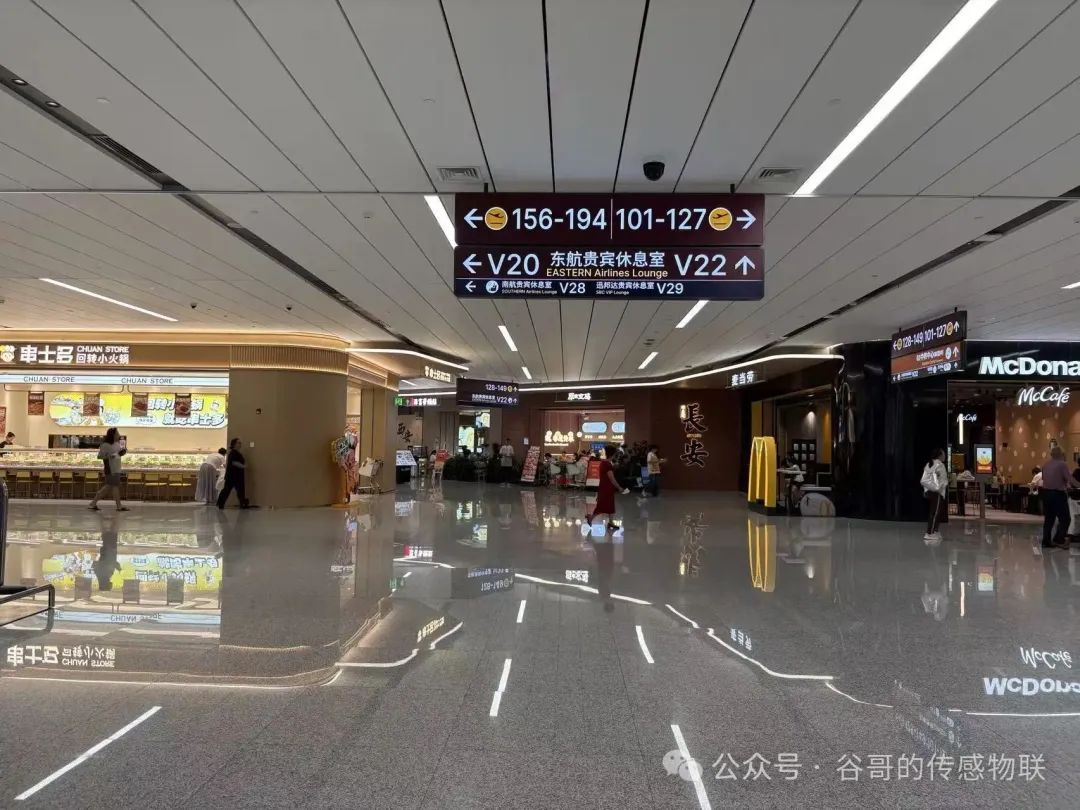
In the last week of August, as a native of Xi'an, I passed through Xi'an Airport's newly opened Terminal 5 (T5) for the first time. It never occurred to me that the distance between the existing Terminals 2/3 (T2/T3) and T5 was actually more than 10 kilometers. If you mix up the terminal when checking in for a flight, the risk of missing the plane is quite high.

Though I was heading out on a business trip to Wuxi, Suzhou, and Shanghai, my mind was still preoccupied with two clients’ matters. One client from Southeast Asia ordered our MCS pressure sensor cores, with a measuring range of 10MPa and a comprehensive accuracy of 0.1%—meaning linearity error, hysteresis, and repeatability all need to be within 0.1%. Additionally, the sensor cores must use 316L elastomer material, and a physical and chemical test report for the material must be provided.
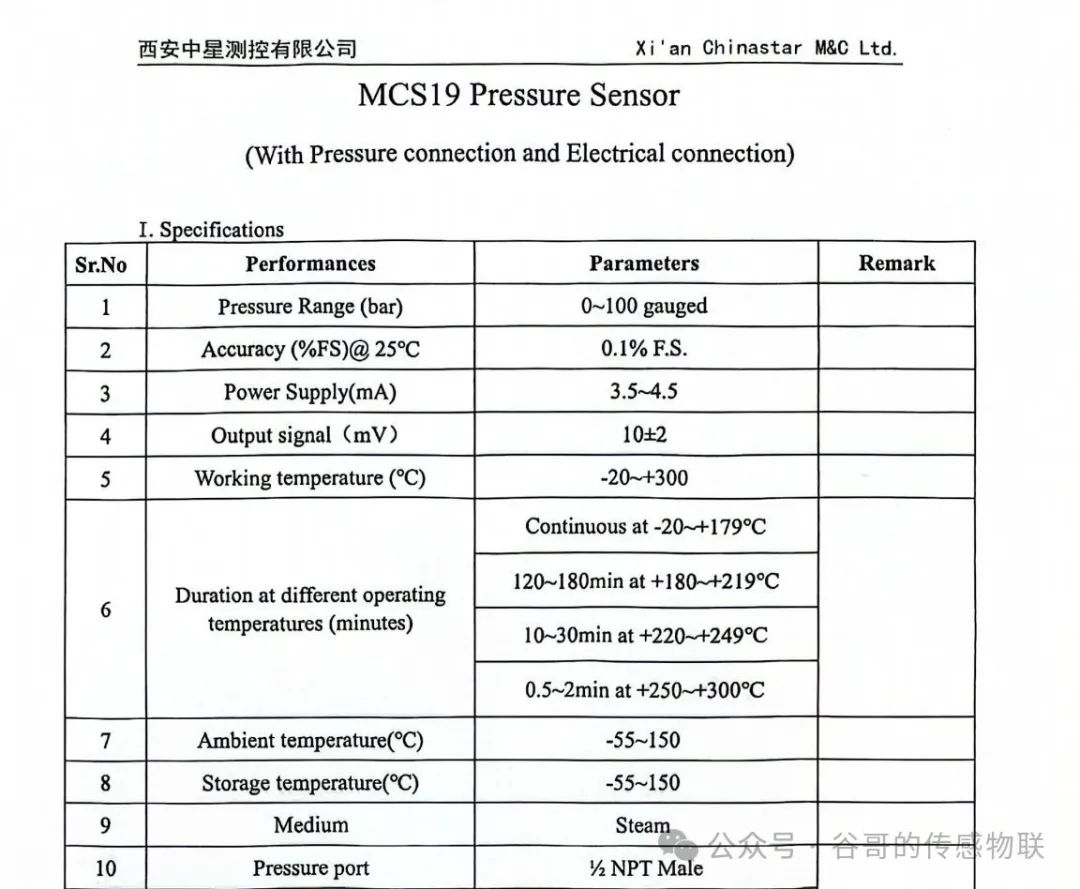
The yield strength of 17-4PH, a commonly used elastic material, is generally around 1200MPa after heat treatment, while that of 316L is only about 1/5 of that. The Rockwell hardness of 316L stainless steel is also only half of the former. These factors have posed considerable challenges to our design and manufacturing processes. Moreover, the sensor is required to operate at a high temperature, though the duration of such high-temperature operation varies. Experts in pressure technology may refer to the technical requirements below.
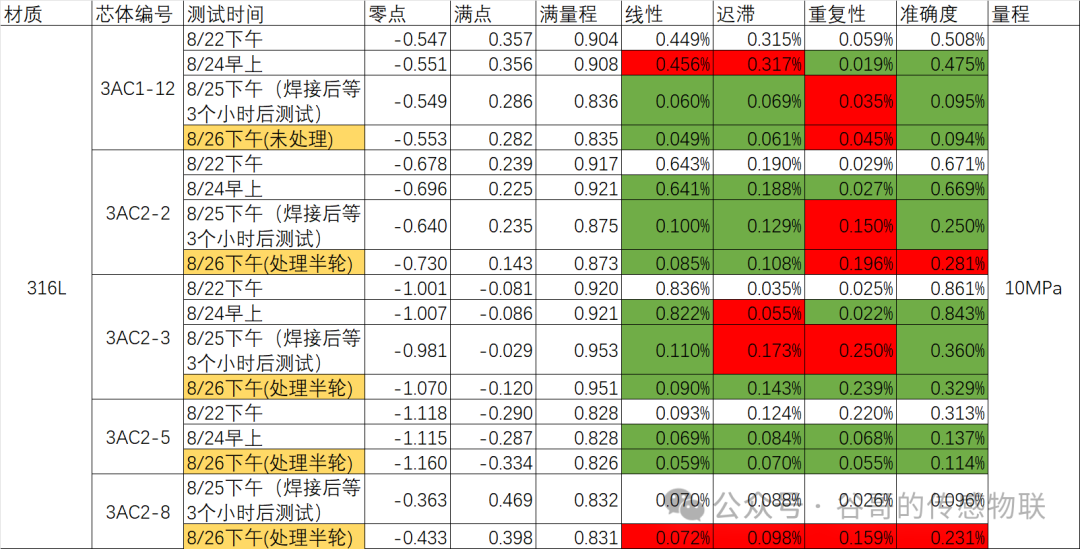
The test results of the first batch of 5 samples at room temperature have not been satisfactory. Even though the manufacturing process hasn’t been fully completed as scheduled, the delivery date is already here, and the client is pressing us to ship the goods. This has been quite worrying. Experts in pressure sensors are welcome to comment on the current test results.
The other client is from the UK. They require using our parking space sensors (magnetic sensors integrated with millimeter-wave radar) together with controllers to control the opening of guide bars at parking lot entrances.
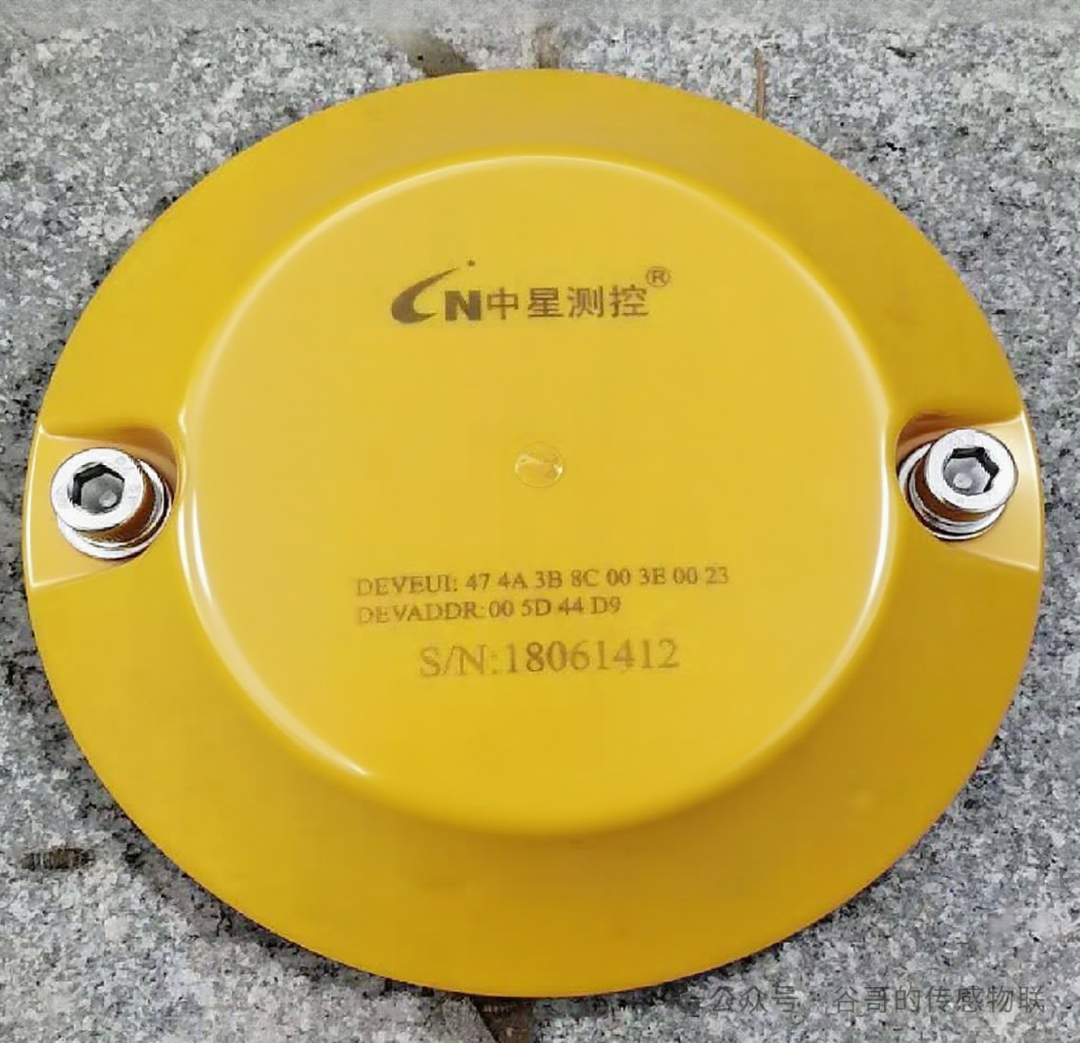
We have gone back and forth extensively in discussions about which wireless communication method to adopt and the various certification requirements for the future. Options include 433MHz, Bluetooth, LoRa, NB-IoT, and Zigbee—each wireless transmission method has its own advantages and disadvantages, and the certification requirements differ from one another. Furthermore, since the product needs to be launched in various European countries, each country has its own unique certification rules, and certification costs also vary greatly. These issues have been a persistent source of back-and-forth negotiations.
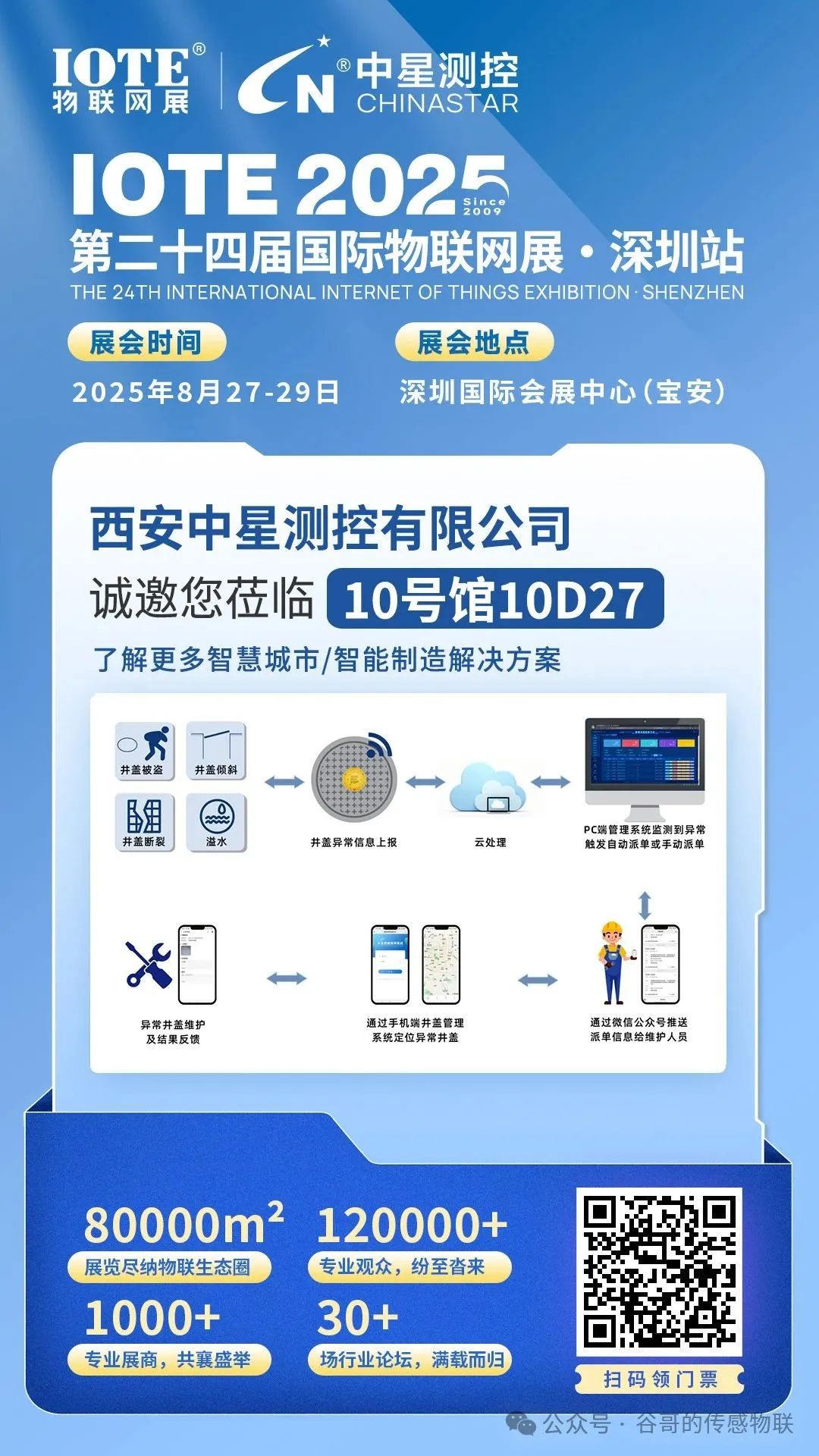
I, Gu Ge, often have a strange feeling: when I’m at the company, the number of tasks requiring my immediate attention seems not that many. But as soon as I’m about to leave for a business trip, there suddenly appear more matters that need to be discussed together.
Work brings pressure and troubles, but once a breakthrough is made, it also brings a sense of joy. Perhaps this is the meaning of work, and even the meaning of living. It seems we are born to solve problems—contributing our modest efforts to resolve each of our clients’ difficulties. If we can’t solve a problem, we feel extremely frustrated; but once it’s solved, all worries and confusions vanish with a smile.
I hope both issues concerning these two clients—matters that I care about—will be successfully resolved through the collaboration of our team.
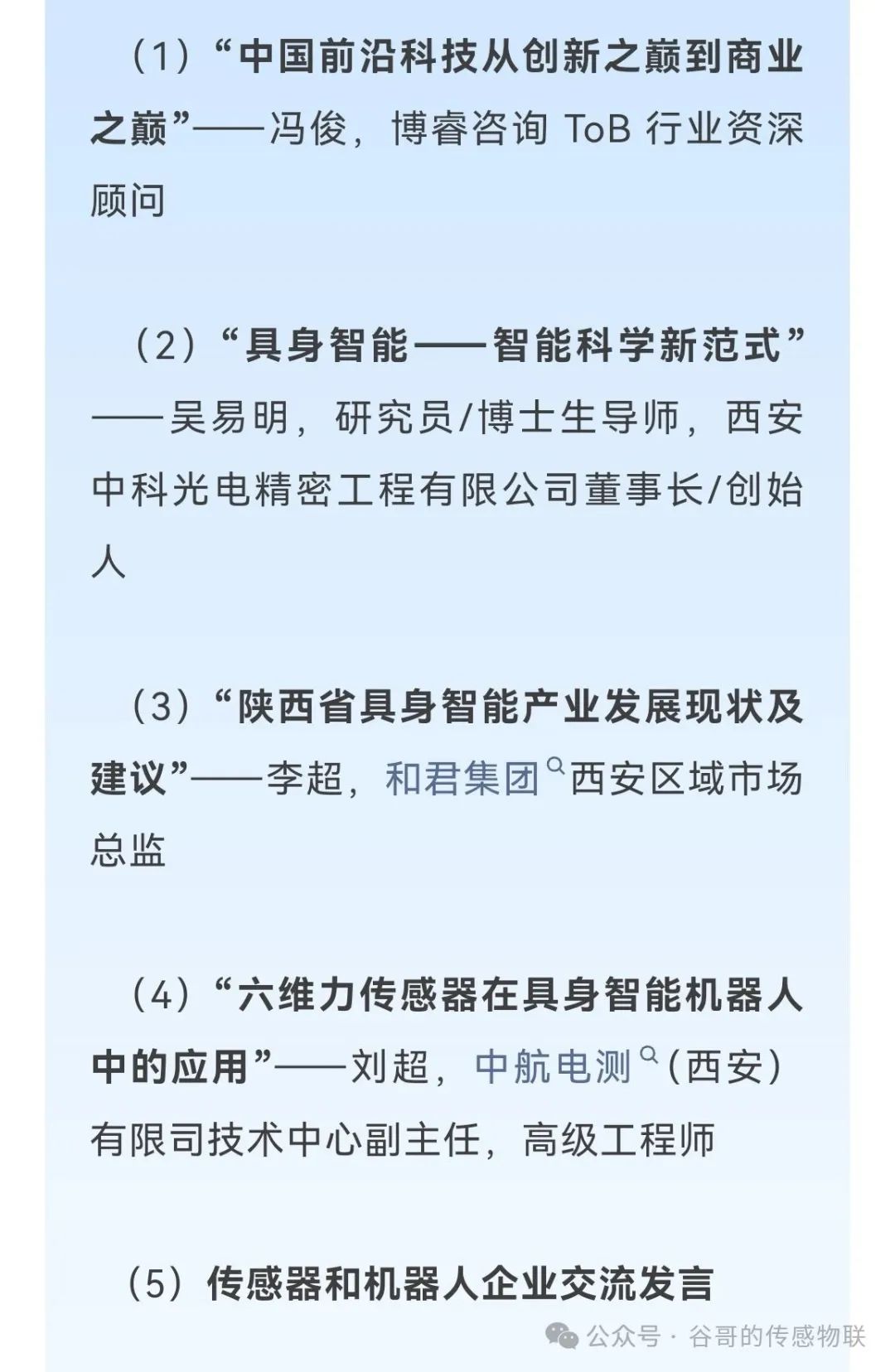
Anyway, the weather is finally cooling down. Our Shaanxi Sensor & IoT Industry Alliance plans to hold a seminar on "Embodied Intelligence & Sensors" in Xi'an on September 5th. The seminar will explore current hot topics in technologies such as artificial intelligence, robots, humanoid robots, and sensors, analyze the industrial chain structure, and discuss how to promote the development of this industry in Shaanxi. We sincerely invite friends who read this article to sign up for the event. In addition, if you are from an enterprise or a university teacher with expertise in flexible sensors or skin sensors, you can also contact me, Gu Ge, directly, and we will invite you to be a guest speaker.
It’s time to board the plane—the announcement has started calling passengers to board. That’s where I’ll end this official account article.
#2025.08.26.15:38 China Eastern Airlines Waiting Lounge, Terminal 5, Xi'an Airport#






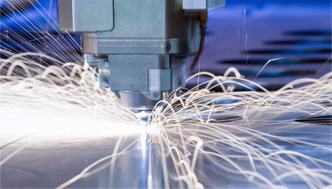




 Release Date:2025-08-26
Release Date:2025-08-26  Click on the quantity:292
Click on the quantity:292



